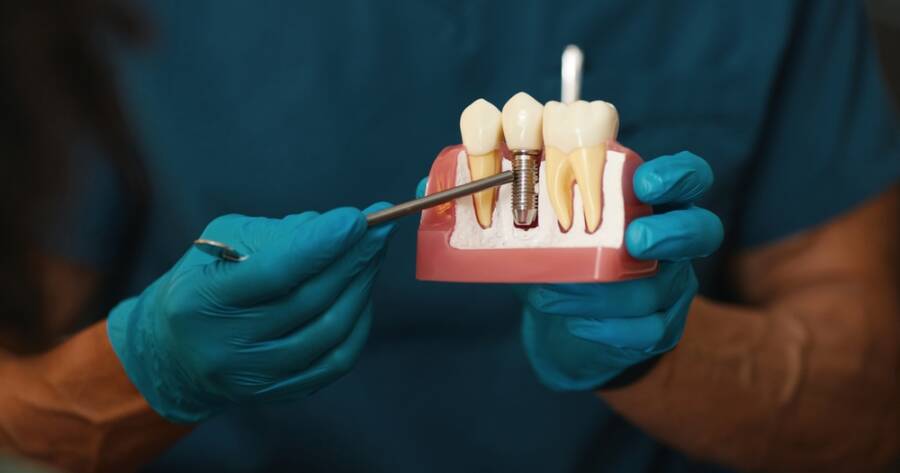For those seeking durable and aesthetically pleasing dental implants, understanding affordability options is key. From government grants and insurance to community resources and clinical trials, multiple pathways can help reduce financial barriers without compromising quality. Evaluating available support allows individuals to improve oral health and functionality in a more manageable and informed way.
What Affects the Cost of Dental Implants
Dental implants are a desirable solution for restoring missing teeth due to their strength, longevity, and natural appearance. However, the cost can be a significant barrier for many individuals. Prices often range from $3,000 to over $5,000 per tooth, and several factors influence this amount, including the complexity of the procedure, the materials used, and regional pricing differences.
Additional needs such as bone grafts, extractions, or advanced imaging can also increase the total cost. Although implants represent a long-term investment in oral health, understanding the elements that drive the price makes it easier to evaluate affordability options and seek financial support without sacrificing quality.
Affordable Pathways for Dental Implants
One effective way to manage the cost of dental implants is through government grants and financial assistance programs. Medicaid and Medicare may offer limited coverage for qualifying individuals when implants are deemed medically necessary. Eligibility is generally based on income level, residency, and medical criteria.
Certain groups—such as seniors and veterans—may also qualify for specialized grants, including those offered through the American Dental Association Foundation, which provides assistance based on age, service history, and financial need.
Financing and Insurance Options
Dental insurance can substantially reduce out-of-pocket expenses, although not all plans include implant coverage. Some policies may provide partial coverage of 25% to 50% of the total cost. Reviewing plan details is essential to understand how much support is available.
For those without insurance, many dental providers offer financing options or payment plans to make implants more attainable. Monthly installments, interest-free plans, and flexible arrangements allow individuals to pursue treatment without absorbing the full expense at once.
Community Resources and Clinical Trials
Nonprofit organizations and community health programs can also help make dental implants more affordable. Programs such as the Dental Lifeline Network offer low-cost or no-cost services to underserved individuals through clinics and community initiatives.
Clinical trials present another opportunity, providing access to no-cost or reduced-cost implants while supporting advancements in dental research. Participants benefit from professional oversight and emerging treatment techniques at a fraction of the standard cost.
Determining Eligibility for Implants
Eligibility for dental implants goes beyond financial factors. Candidates must be healthy enough for oral surgery and have sufficient bone structure to support the implant. Consistent oral hygiene and a history of regular dental care are also important considerations.
While implant procedures have a high success rate, potential risks—such as infection or implant failure—underscore the importance of proper evaluation and follow-up care. A comprehensive dental assessment ensures that individuals meet the necessary health requirements before proceeding.
Why You Should Learn More About Affordable Dental Implants Today
Exploring financial assistance options, understanding insurance policies, and knowing where to find community resources can make a significant difference in the affordability of dental implants. By comprehensively reviewing and selecting the appropriate pathways, individuals can achieve improved oral health and a better quality of life without undue financial stress. Investigating these options and determining personal eligibility criteria are crucial for anyone considering dental implants as an option to enhance dental functionality and aesthetics.
Sources
What Is the Average Cost of Dental Implants in the USA?
Factors Affecting Dental Implant Cost
Penn Dental’s financial assistance programs
ADA Foundation Charitable Assistance Grants

